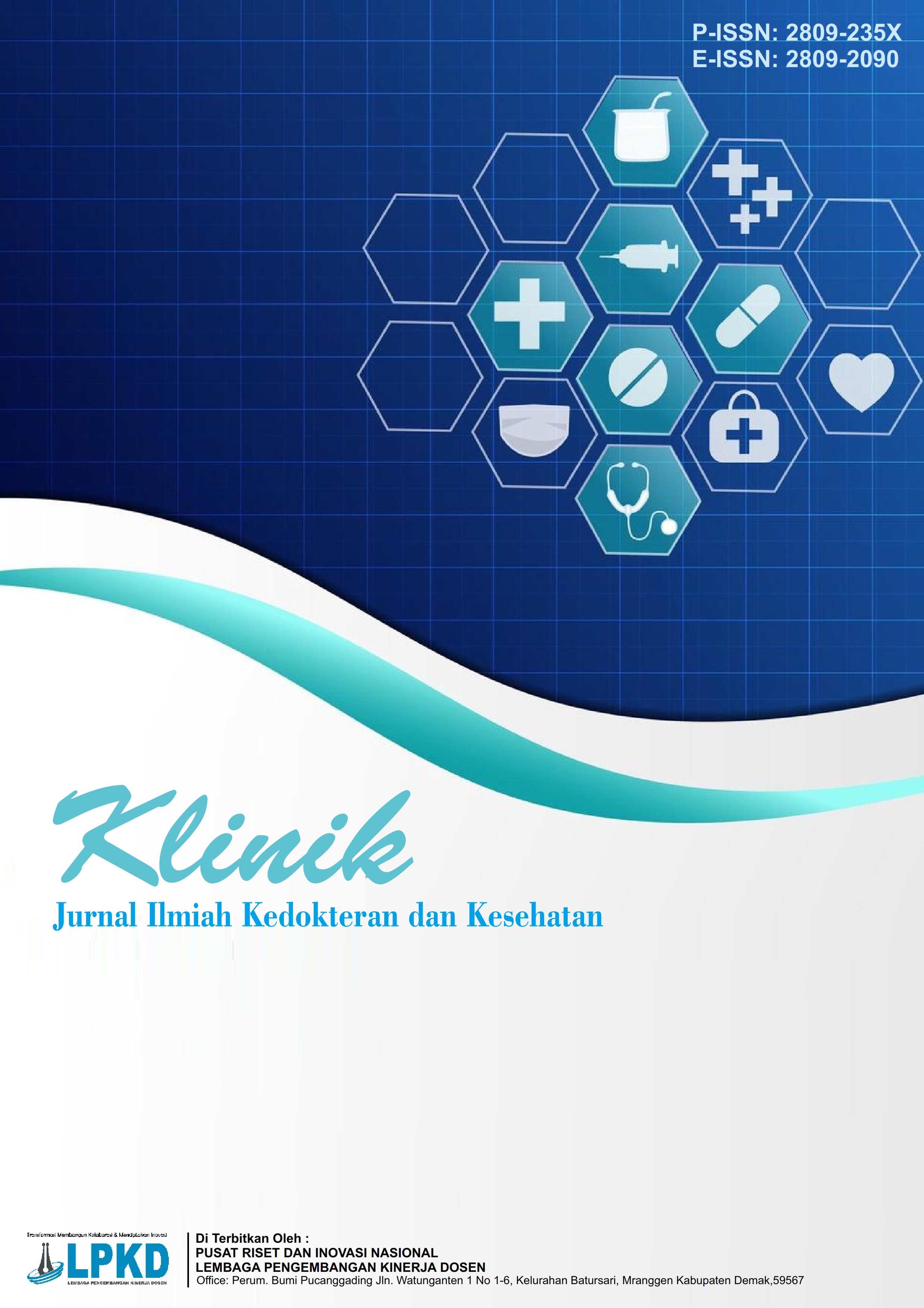Analisis Waktu Tunggu Pasien Operasi Elektif di Instalasi Bedah Sentral (IBS) dengan Metode Root Cause Analysis (RCA) di RS Bhayangkara Ruwa Jurai Lampung Tahun 2025
DOI:
https://doi.org/10.55606/klinik.v5i1.5532Keywords:
Central Surgical Installation, CSSD, Elective Surgery, Hospital Management, RCAAbstract
The Central Surgical Installation (CSI) plays a strategic role in ensuring the quality of hospital services, particularly in supporting the implementation of elective surgical procedures. Excessive waiting time beyond the established standards poses a serious challenge that may affect patient safety and service efficiency. This study aims to analyze the causes of delayed elective surgery waiting times at Bhayangkara Ruwa Jurai Hospital, Lampung, and to formulate solutions based on managerial and evidence-based approaches. This research employed a descriptive qualitative method using Root Cause Analysis (RCA) and the 5M factors (Man, Material, Machine, Method, Money). Data were collected through observation, interviews, and document reviews, and analyzed. The findings revealed that the average waiting time for elective surgery patients was 50 minutes, with some cases reaching up to 219 minutes. The delays were caused by a combination of factors, including a shortage of surgical and CSSD personnel, limited sterile linen, equipment failures such as operating lights and sterilization machines, non-standardized preoperative procedures, and suboptimal supervision and coordination among units. Furthermore, the work environment and limited number of operating rooms exacerbated the problem. RCA results indicated that comprehensive improvements could potentially reduce waiting times by 25–30%. This study recommends strengthening healthcare service aspects through staff training, procurement of additional equipment, establishment of standardized SOPs, and integration of inter-unit communication systems. Improvements in the work environment and data-driven planning are essential to enhance the quality of surgical services and significantly reduce delays.
References
Alifia, R. T., & Dhamanti, I. (2022). Implementation Of Root Cause Analysis On Patient Safety Iincidence In Hospital: Literature Review. Journal of Public Health Research and Community Health Development, 6(1), 14–20. https://doi.org/10.20473/jphrecode.v6i1. 31556
de Guzman, G. S., & Sia Su, M. L. L. (2022). Patient waiting time analysis for elective gynecologic surgeries in a tertiary training hospital in the Philippines: A retrospective cross-sectional study. Annals of Medicine and Surgery, 81. https://doi.org/10.1016/j.amsu.2022.104
Dhar, M., Sreevastava, D. K., & Lamba, N. S. (2016). A low cost, customised anaesthesia information management system: An evolving process. In Indian Journal of Anaesthesia (Vol. 60, Issue 7, pp. 512–515).
Jasim, N. A. (2021). Diagnosing the Causes of Poor Quality Management in Iraqi Construction Projects Using Technique of Root Cause Analysis. IOP Conference Series: Materials Science and Engineering, 1076(1), 012116. https://doi.org/10.1088/1757899x/1076/1/012116
McIntyre, D., & Chow, C. K. (2020). Waiting Time as an Indicator for Health Services Under Strain: A Narrative Review. In Inquiry (United States) (Vol. 57). SAGE Publications Inc.
Rathnayake, D., Clarke, M., & Jayasinghe, V. (2021). Patient prioritisation methods to shorten waiting times for elective surgery: A systematic review of how to improve access to surgery. In PLoS ONE (Vol. 16, Issue 8 August). Public Library ofScience.https://doi.org/10.1371/journal.pone.0256578
Rysa Rismawati, Titis Srimurni, M. S. (2024). Optimalisasi Pelayanan Pasien Di Instalasi Bedah Sentral Rumah Sakit Umum Daerah Dr. Haryoto Lumajang. 3(2), 1–23.
Sianipar, N., & Besral. (2024). Factors Causes Delay of Elective Surgery in Fatmawati General Hospital, Jakarta. Media Publikasi Promosi Kesehatan Indonesia, 7(2),472–479. https://doi.org/10.56338/mppki.v7i2.4910
Soares Ito, A., Ylipää, T., Gullander, P., Bokrantz, J., & Skoogh, A. (2022). Prioritisation of root cause analysis in production disturbance management. International Journal of Quality and Reliability Management, 39(5), 1133–1150. https://doi.org/10.1108/IJQRM-12-2020-0402
Downloads
Published
How to Cite
Issue
Section
License
Copyright (c) 2025 Jurnal Ilmiah Kedokteran dan Kesehatan

This work is licensed under a Creative Commons Attribution-ShareAlike 4.0 International License.








